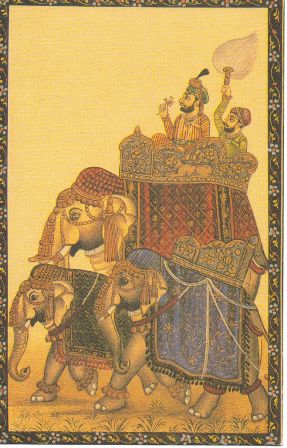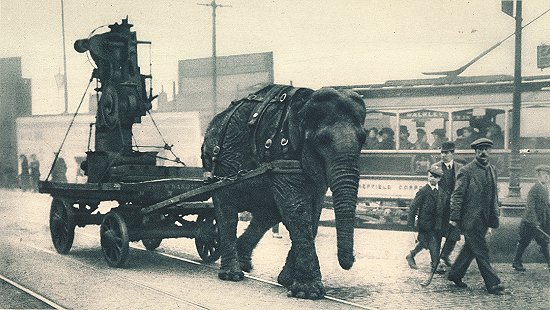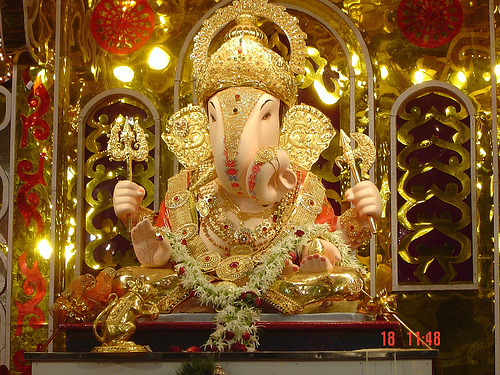Elephas maximus
"
So, what's so special about this big elephant?"
Asian Elephants
Role in Shaping Asian Culture and
History
 History
History
Asian elephants have been an integral part of Asian culture throughout history. In 231 B.C. they became the emblem of Buddhism and were very important animals in stories of Buddha involving elephant processions and festivals. These animals had attained a status that was higher than the horse, which was an extremely important animal throughout Asia. The possession of the Asian elephant was a sign of prestige and royalty.
Dating as far back as the Vedic Period from about 1500 B.C. to 600 B.C., the Asian elephant has had a very prominent role in shaping India’s culture. The elephant was the carrier for the King of the Gods of India, Indra, and became a status symbol which eventually turned into the symbol of eternal India. The elephants also appeared as the prominent features of artistic drawings.
The Mighty
Warrior Asian Elephants
Asian elephants have also been used for war from the 1st millennium B.C. to the early 19th century. It was not until the mid-1700’s that elephants were no longer needed for warfare due to the introduction of muskets. All privately owned elephants were put into military service to defend India’s borders from the Japanese who had invaded Southeast Asia in World War II. They were also used as vehicles to transport soldiers, ammunition, and other warfare supplies over rugged terrain where no man could ago alone. It was not until the introduction of the 4-wheel drive vehicle that the role of the Asian elephants in India’s military service came to an end. Although the elephants were advantageous for the success of India’s military, massive numbers of them died fighting wars during India’s history.
Lord Ganesha,
the Hindu Elephant God
Lord Ganesha is one of the five prime Hindu deities and therefore one of the most worshipped deities in Hinduism, which is the official religion of India. Lord Ganesha has an elephant head which symbolizes the Atman or the soul, which is the most revered form of human existence. Ganesha’s head denotes wisdom and its trunk represents “Om,” commonly known as peace. He is worshipped for good luck and is known as the “Remover of Obstacles.” Lord Ganesha is remembered at the beginning of any auspicious ceremony or performance for good blessings.
The Endangered
Asian Elephant
Centuries of hunting, poaching for tusks, and habitat destruction has caused the Asian elephant population to dramatically decline and in 1989 they were added to the International list of the most endangered species. The Asian elephant has been found to be less than 10 times less common than its African counterpart which is also an endangered species. According to Simon Hedges, co-chair of the World Conservation Union’s Asiah Elephant Specialist Group, there are only about 30,000-50,000 Asian elephants left in the wild and about 12,000-15,000 species that are captive as of 2008.
One of the major reasons for the decline of both the Asian and African elephants is that they have long been hunted for their ivory tusks. In fact, between 1870 and 1881, 5,286 tons of ivory was sent to England. Also, during the 1980s a single pound of ivory was worth up to $150 on the black market. Elephant tusks are made up of dentine, cartilaginous material, and calcium salts. A unique feature of this species tusks is that there is a distinctive diamond pattern exhibited which is not present in the tusks of any other mammal. These ivory tusks have been used in a variety of items including: jewelry, piano keys, billiard balls, etc. Due to the massive decline in elephant populations, a global ivory ban was put in place in 1989.
To learn about the endangered status of the cougar, click on this link: cougar

